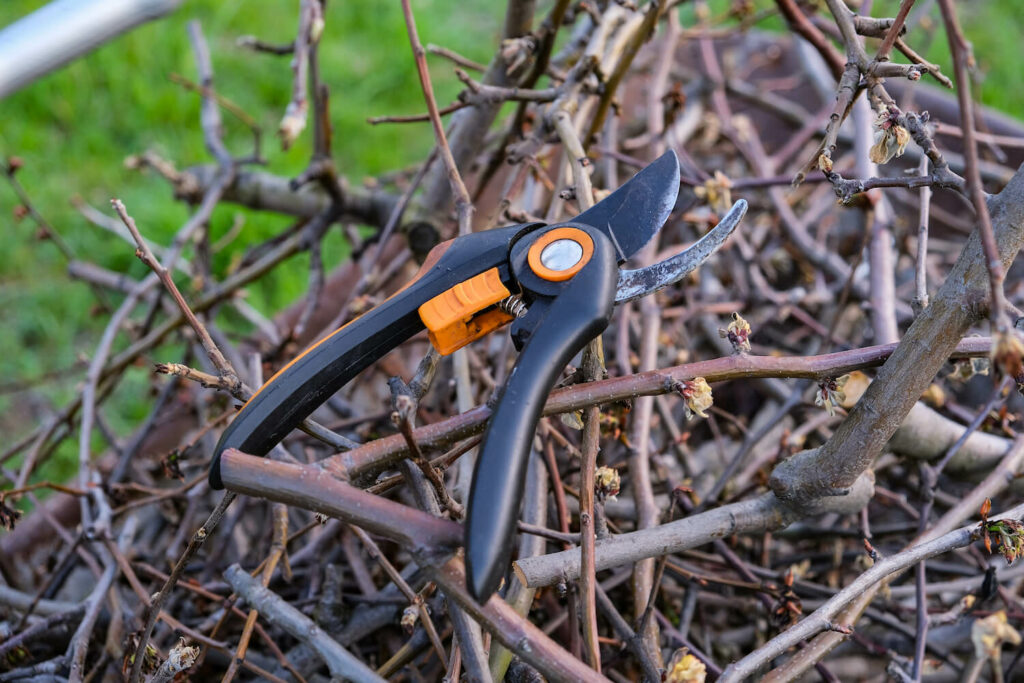
You might be able to perform the majority of this type of work yourself if you have a basic understanding of tree cutting and pruning. There are many fantastic pruning and trimming methods that can help you keep your trees in top condition. With the appropriate information and tools, you may prune your trees as required to preserve their appearance and health as well as to get rid of any potentially hazardous dead branches and other typical problems. Although there are many different tree trimming methods available, if you want to do it yourself, you just need to worry about the fundamentals to maintain everything in order. As an alternative, you can employ a specialist without a second thought!
Reasons for Tree Pruning or Branch Trimming
Trees are typically cut for one of three reasons: safety, health, or aesthetics. For instance:
- A tree’s shape and attractiveness can be maintained by pruning it properly. But you shouldn’t try to force a tree into an abnormal size or shape. The amount of trimming and pruning required could cause significant harm.
- Safety – Dead or broken branches and limbs pose a severe safety risk since they could suddenly fall off. Tree branches should be pruned if they hinder your eyesight while driving. Last but not least, occasionally tree limbs and branches encroach too closely on power lines. For assistance with such situations, contact the utility company.
- Health – By carefully pruning away infected branches and limbs, it is occasionally feasible to save an infected tree. A tree’s crown can be thinned to increase ventilation, which is particularly advantageous. In order to prevent unexpected branch falls, branches that are crossing or rubbing against one another should be pruned or eliminated.
Tips for Quality General Tree Trimming
Almost always, a tree’s dormant season is the greatest time to prune or trim it. Although a pine tree can theoretically be pruned at any time, it is still preferable to wait until it is dormant. The sole exception is when there is a danger.
- Consider the size of the branch you are going to cut carefully. Removing it is acceptable if its diameter is under five cm. You might not want to do it if the object has a diameter of between five and ten cm. Only do it if you have an extremely compelling reason and it has a circumference of more than 10 centimeters.
- Trim only weak, V-shaped, narrowly angled branches. Keep branches with robust U-shaped angles. At the point of attachment, lateral branches should have a diameter that ranges from fifty percent to three-quarters of the stem. Otherwise, they ought to be taken out.
- When all of the pruning is done, the living crown should be two-thirds of the height of the tree.
- When branches are young, try to remove them by pruning them. At that point, they are considerably simpler to handle and there is far less chance that they will leave painful scars.
- Avoid trimming a branch too long or too closely. You shouldn’t cut off the branch collar or leave a big stub.
You can also consider hiring a professional tree trimmer to do the job for you so that you can put your time and effort to better use.
